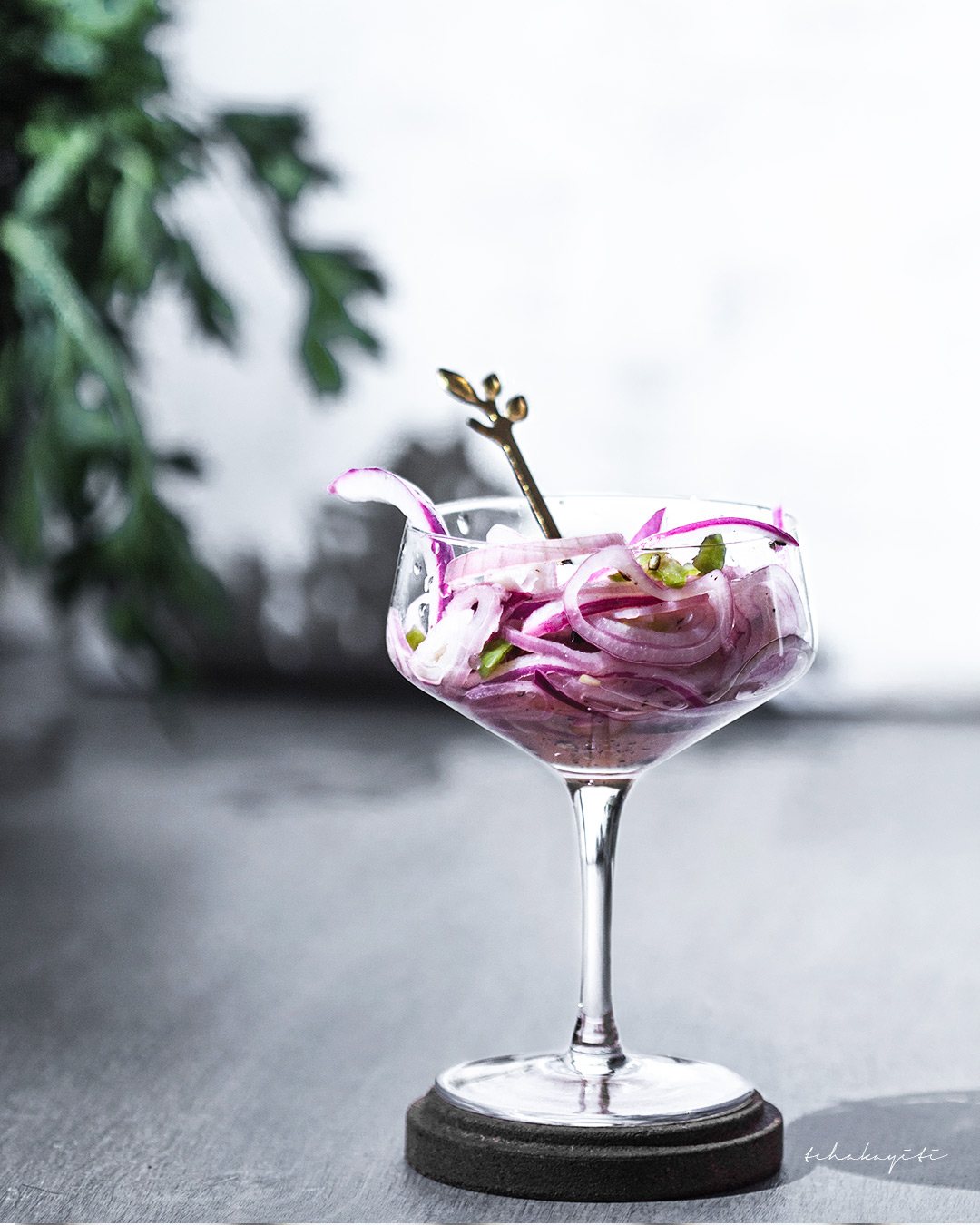One afternoon, a few moons ago, I came across a rather unusual dish being prepped in our kitchen. My mother was setting out to make jam. It wasn’t just any jam. It was a zanmann jam. The shock. I stared at the pot filled with water, sugar, sweet spices and tropical almonds with a puzzled look on my face.
I simply could not picture this fruit as a jam. To me, a zanmann jam was simply not feasible.
If you know these tropical almonds, you know they’re anything but fleshy. They have a thin edible outer skin and pinkish fibers that hide a cork-like inner shell. Nothing that could possibly soften up or release significant juices, in my opinion at the time.
Jams are usually made using fruits that are rich in juice and boast a thick flesh or pulp. In my mind, zanmann were simply not that kind of fruit. Or so I thought. Perhaps, if my mother had only used the outer flesh, the only soft part of the fruit, I would have understood. But she hadn’t done any of that. She had put the fruits in the pot as is. As is, with their inner shell. It was unbelievable. There was no way this fruit could ever break down into a soft edible jam.
My doubts dissipated as the aromas of the jam filled the entire house.
The zanmann released a strong but pleasant perfume I did not know them to have. They smelled fruity, sweet and tempting. I could barely wait. Perhaps they would make a perfect jam…All it took was one bite of a cooked fruit for me to go to heaven. One bite. That is all it took to savor a whole zanmann from that jam. Something that is impossible with the raw fruit.

The zanmann had turned into a different fruit.
Its tartness had disappeared. Its outer and inner flesh had softened up so much that it almost melted in the mouth. The same thing happened with the core. While it definitely didn’t melt, I didn’t have to try hard to break it to get to the nannan – that part of the fruit I always challenged myself to get to throughout my childhood as I share in my previous article about this fruit.
My favorite part of that jam, however, was and still is the syrup. As the fruit’s juice seeps, it permeates the syrup infusing it with a bold, sweet and slightly tangy flavor. The flavor is so pleasant that it leaves you longing for more of that syrup with each spoonful.
It’s that unique taste I was looking for as I set out to make my own zanmann jam a couple of days ago. The taste of a jam I only remembered eating once at my house during my teens. A taste that, however, stuck with me through the years, long enough to make me instantly crave some zanmann jam when I was handed that bag full of zanmann that day.
It is that same jam I encourage you to try if you have tropical almonds at hand. Perhaps, just like me, it will be an unforgettable gustatory adventure. And, perhaps, you will crave a new batch whenever you lay your hands on a bag of zanmann.
This recipe was first published on June 29, 2017. The 2019 version includes new pictures and a revised recipe.

Indian-almond "zanmann" jam
Ingredients
- 2 cups of sugar
- 1 cup of water
- 1 lb of zanmann
- 1 cinnamon stick
- Star anise
Instructions
- Wash the zanman and boil them in water for about one hour
- Remove the fruits from the water and measure one cup of liquid
- Prepare the jam by combining the cooking water, sugar, zanmann and sweet spices
- Bring to a boil until the syrup starts thickening for about an hour and a half
- Remove from the heat and allow your jam to cool down
- Store in a tight glass jar.








11 Comments
Do you low calories recipes
Unfortunately I do not
Did you know that eating the outer flesh of the almonds in Haïti helps to lower high blood pressure? That’s what I was told, and I know someone who used it for a young child diagnosed with hypertension … much better than using dangerous meds! NOTE: Check with your physician before relying on this method.
I know they say that sleeping under the tree helps lower blood pressure.
Coucou Annick. Wow je ne savais pas que ça se faisait effectivement. Si j’ai bien compris on n’utilise pas que les amandes mais le fruits en entier ? J’ai du mal à imaginer que la coque puisse ramollir. Et c’est pas gênant avec les fibres ?
un peu en retard dans ma réponse…et oui, le fruit entier! le fruit entier se ramollit effectivement et les fibres du fruit ne dérangent pas.
Merci Annick
Ok…Donc la deuxieme fois, je replace et l’eau, et les amandes, et les epices sur feu doux. Bon, je crois avoir compris, non…? Merci!
Après les avoir fait bouillir, on ne replace plus les amandes sur le feu avec le liquid et les epices alors?
Est-ce que les amandes doivent etre mûres?
Les amandes doivent être mûres. La cuisson se fait en 2 temps. Vous les faites bouillir sans épices une première fois pour qu’elles puissent ramollir. Vous ajoutez ensuite le sucre et les épices douces aux amandes préalablement cuites pour la préparation de la confiture.